I want to generate a triangular wave that has no negative component using op-amps. The method I am employing to generate the wave form is described here, and can be seen in this image:
As in the image, the output wave form oscillates around zero, and has a negative component. In my circuit I have no negative voltage source, and I am connecting the op-amps' V- to ground.
If it is at all possible, how can I shift the triangular wave output upwards so that it has no negative component?

